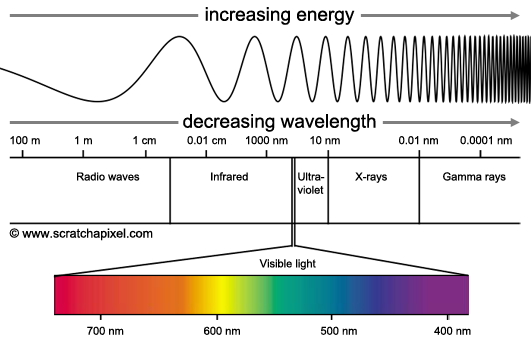COVALENT COMPOUNDS-Link to Nomenclature
Today's Power Point is Below if you were absent go through power point and on paper do all practice problems.
ATOMIC THEORY TEST-STUDY GUIDE
Study Cards for Hund’s Rule, Aufbau Principle and Pauli Exclusion Principle. You need to know these ideas and apply them. Convert each rule into a few words that sum up what each one means. Example: Aufbau-lowest energy first.
Study Cards for Law of Definite Proportions & Law of Multiple Proportions. (Students were given cards if they wanted them.)You will have to apply the laws.
Study Your “Story of the Atomic Theory” - Know the People and their Ideas or Experiments
You will have to work with isotopes: Calculating protons electrons and neutrons and writing the Isotope names and symbols. The formulas and examples are in your notes. There is a practice link on my website below the neon sign video.
You will need to write electron configurations using the noble gas abbreviated forms, long forms and orbital diagrams. You should have examples in your notes. There is a practice link on my website below the neon sign video, but it does not cover the diagrams.
Labs: Both involved electrons being excited by either fire or electricity. In both cases when the electrons returned to ground state they released energy in the form of light.
Miscellaneous: What mass is given on Periodic Table? Average Mass (Can’t use this in your isotope calculations!)
http://www.softschools.com/quizzes/chemistry/isotopes/quiz1838.html
http://education.jlab.org/elementmath/question.php?44938176
Atomic Timeline Assignment
Project Bonding Animations-Due Thursday
Login to goanimate account. Most have accounts from last year. If you don't remember password try logging and click Having trouble remembering password. Goanimate will send the password to your email.
Be sure to include the criteria on the handout somewhere in your animation.
Be sure to save your animation after each scene.
When complete send animations to: kkrier459@gmail.com
Maddi-Your elements are Mg and Cl.










